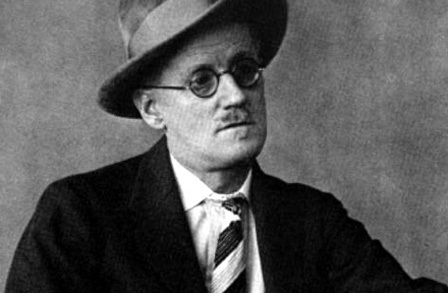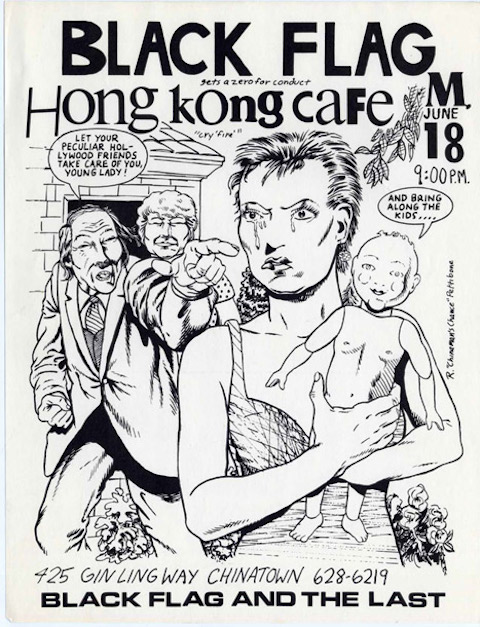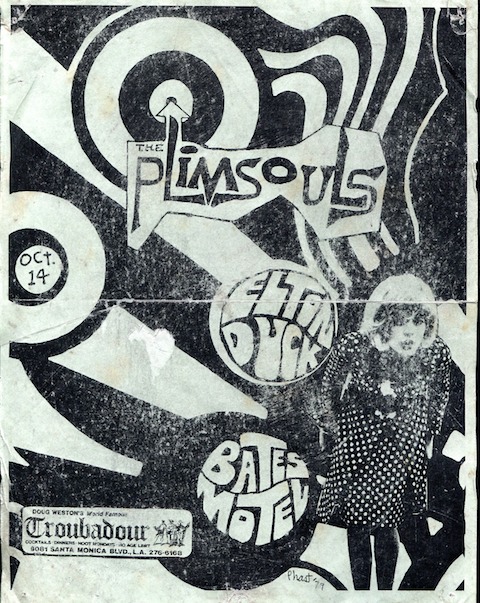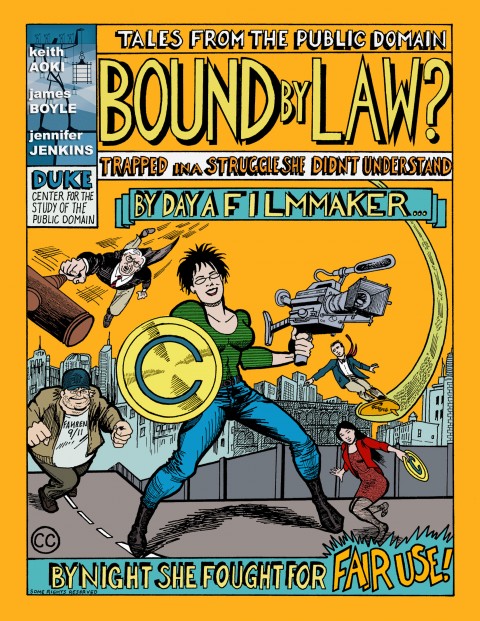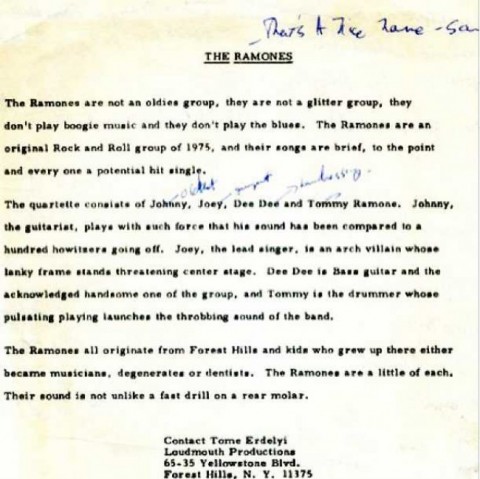Nearly everyone—from the most minimally educated to the most academically accomplished—has experienced at least once that panicked loss for words colloquially known as “writer’s block.” Faced with the glacial expanse of a blank page, or screen, the fingers fumble, heart races, and the brain seizes up. And, for those who write for a living, for whom writing is a defining characteristic of their very existence, it can seem like one’s very soul becomes imperiled, abandoned by the muses or whatever fickle personification of creative inspiration.
The malady is seemingly universal, even, writes The Independent, among “some of history’s most famous, and prodigiously fluent, authors,” like Leo Tolstoy, Virginia Woolf, Ernest Hemingway, and Joseph Conrad. One particularly perfectionistic strain of writer’s block—the search for le mot juste—is forever associated with Madame Bovary author Gustave Flaubert, who described the sickness to a friend as “stay[ing] a whole day with your head in your hands, trying to squeeze your unfortunate brain so as to find a word.” Clearly, such illustrious names as the above found some sort of cure for the block, or we may not know their names at all.
Some writers deny the very existence of writer’s block. Novelist Kathy Lette belittles the notion as sounding like a “prison wing for authors who make too many puns—a punitentiary,” and she claims that “women writers don’t have time for writer’s block.” Jeffrey Archer says he has never had writer’s block, even though he named his Majorca home “Writer’s Block.” I diagnose these authors with a severe form of psychological repression, perhaps brought on by extreme and traumatic bouts of writer’s block.
From even a cursory survey of those who openly admit to the pain of running out of things to say from time to time, it seems there are as many ways to get going again as there are writers. The Independent quotes novelists like Philip Hensher, who takes “the Tube to the end of the line,” then walks back into central London—a very geographically exclusive fix, to be sure. A Flavorwire list brings us remedies from Maya Angelou, who would “write for two weeks ‘the cat sat on the mat, that is that, not a rat’” until the muse returned to save her from insanity. Neil Gaiman takes an entirely different approach—he gets up and walks away to “do other things.” Though it may seem in moments of severe writer’s block that nothing else could possibly matter, his tactic—research suggests—may be just the thing to get the creative unconscious going again.
Speaking of the unconscious, Anne Lamott recommends to her students that they commit to writing three hundred words on how much they hate writing, then “on bad days and weeks, let things go at that… Your unconscious can’t work when you are breathing down its neck. You’ll sit there going, ‘Are you done in there yet, are you done in there yet?’” Not helpful. In the videos above, see how popular best-selling novelist Dan Brown deals with a laggardly unconscious. Love, hate, or be indifferent to his work, but you must admit, his is a very novel method: Every hour, Brown gets up and does some pushups and sit-ups to “get the blood moving,” since it’s very hard to write the kind of “fast-paced plots” he does “if your blood pressure’s dropped too far.” Brown also gives his brain a daily supply of fresh blood by hanging upside down each day, either in gravity boots or, as The Telegraph video directly above details, an “inversion table.”
Strange, but no more so than many other writers’ rituals. Laurence Sterne, the eighteenth century author of Tristram Shandy, had what may be my favorite design for conquering writer’s block: he would shave his beard, change his shirt and coat, send for a “better wig,” put on a topaz ring, and dress “after his best fashion.” Mock if you must, but it seems to me that no method of combating writer’s block is too outlandish for those whose lives and livelihoods depend upon turning out the words. We may not always like what we write—some days we may positively hate it—but there may be no worse, more useless, feeling for a writer than being unable to write anything at all.
If you have your own suggestions for getting over writer’s block, please let us know in the comments below. We’d love to try them out.
Related Content:
Why You Do Your Best Thinking In The Shower: Creativity & the “Incubation Period”
Writing Tips by Henry Miller, Elmore Leonard, Margaret Atwood, Neil Gaiman & George Orwell
Ray Bradbury Gives 12 Pieces of Writing Advice to Young Authors (2001)
Seven Tips From Ernest Hemingway on How to Write Fiction
Josh Jones is a writer and musician based in Durham, NC. Follow him at @jdmagness
